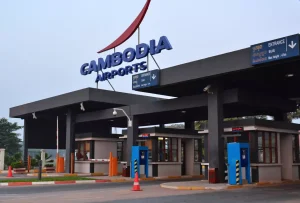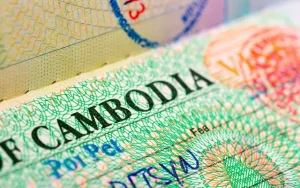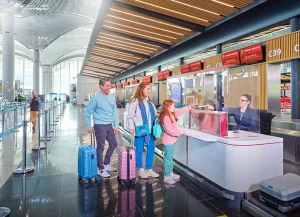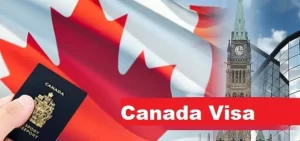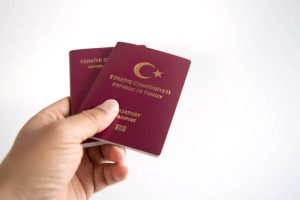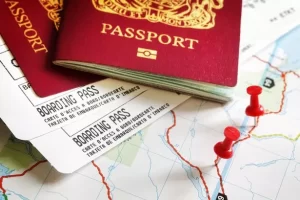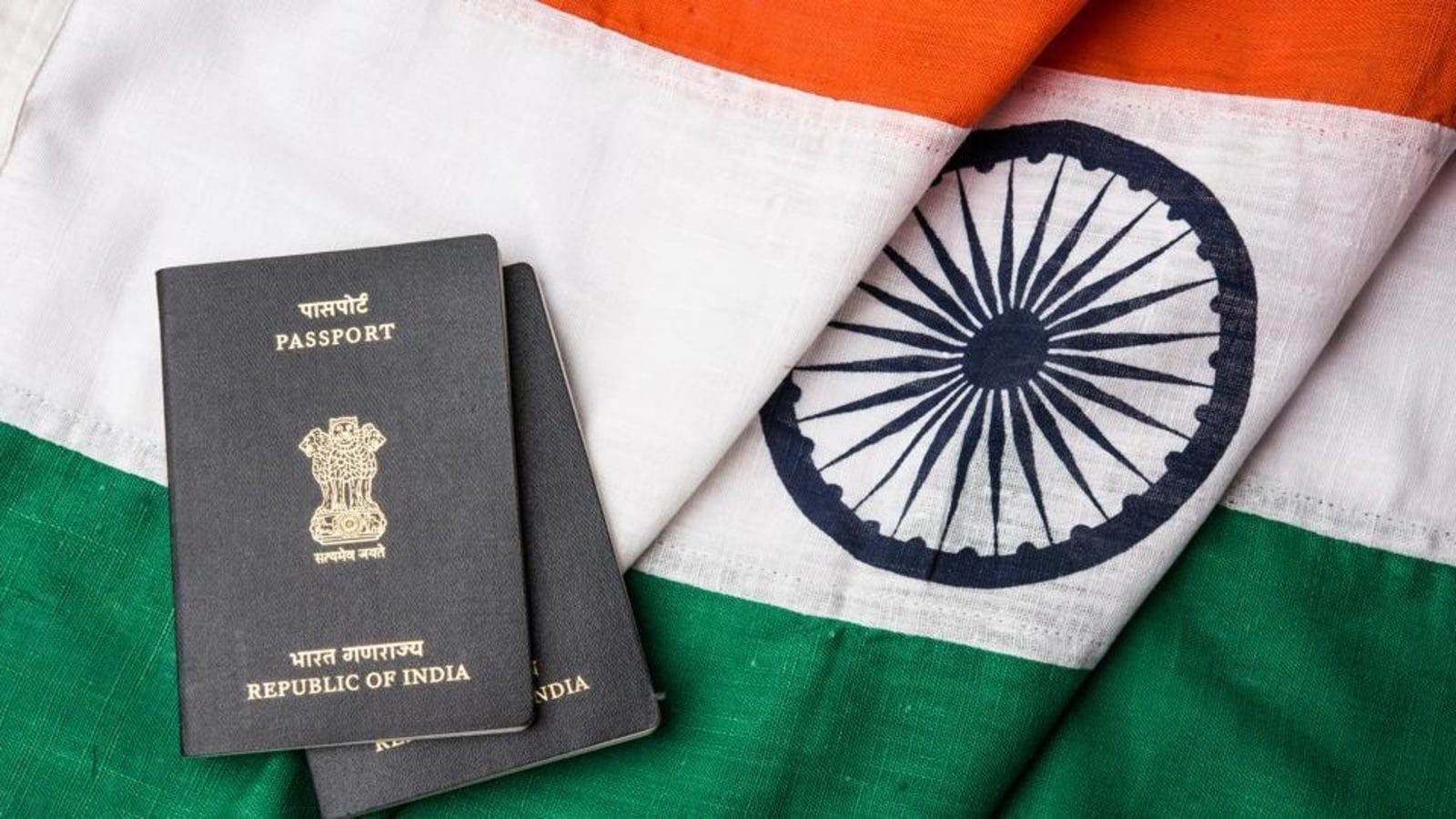
If you are a foreigner planning to visit India for tourism, business or to study, you need to be aware of the visa requirements that your country of stay has. In this article, we will provide you with an overview of the visa on arrival process in India as well as the different types of visas that are available.
What is an Indian Visa On Arrival?
The Indian Visa On Arrival is a visa that allows holders to stay in India for a period of 30 days. The visa can be obtained at the airport upon arrival in India. Requirements for obtaining an Indian Visa On Arrival include holding a passport from a country that is not India, and having a return ticket to your home country.
To apply for an Indian Visa On Arrival, you will need to visit the Indian embassy or consulate nearest to your location. The application process will require providing your passport information, as well as copies of your flight tickets and any other relevant documents. You will also be required to answer several questions about your travel plans and reasons for visiting India. After submitting the application, you may receive a visa notification in advance of your visa being issued.
How do I apply for an Indian Visa?
If you are a traveler from India and are looking to visit the United States for an extended period of time, you may be thinking about applying for an Indian visa. Before you apply, however, it is important to understand the visa process and what you will need to provide when submitting your application.
To apply for a visa, you will first need to gather the following information: Indian Visa Application Process
Your passport identification number
Your date of birth
Your nationality
The length of your stay in the U.S. (this cannot exceed six months)
Proof of financial stability
A letter of invitation from a U.S. citizen or business organization
Proof that you have sufficient funds to cover your stay in the U.S., if required by the consulate
A recent photograph (2×2 inches) taken within 30 days of the application being made
A completed Visa Application Form DS-160 (available at most consulates)
Once you have gathered all of this information, you can begin the visa application process by mailing it to the appropriate consulate. The application fee varies depending on where you are applying from, but is generally around $60 USD. The consulate will then review your application and contact you if there are any questions or concerns about it. It can take up to three weeks for a response, but don’t worry – should there be any issues with your application, the consulate will help resolve them as quickly as possible.
What are the requirements to get a visa on arrival?
There are a few prerequisites for applying for a visa on arrival. If you are a citizen of an eligible country and meet the requirements, you will be able to apply online or at an embassy or consulate.
In order to be eligible for a visa on arrival, you must be traveling for pleasure and not for business purposes. You must also have proof of your identification and travel documents. The most common forms of identification are your passport, driver’s license, national ID card, or international passport card.
Next, you will need to provide information about your trip. This includes where you’re going and how long you’ll be there. You will also need to provide information about your financial resources and any medical conditions that may affect your health while in the country.
Finally, you will need to make an application fee payment. This fee varies depending on the type of visa you are applying for and the country where you are applying. Once all of these requirements have been met, the embassy or consulate will process your application.
Alternatives to visa on arrival
There are a few alternatives to visa on arrival that are worth considering if you’re looking to avoid the long application process and waiting times. One option is to apply for a visa through your country’s embassy or consulate. This option may be faster and easier than applying through the immigration office, though it will likely cost more. Another alternative is to apply for a temporary visitor visa at an immigration office. This option is usually quicker than applying through your country’s embassy or consulate, but it may not be as easy or straightforward as some other options.
Conclusion
If you are planning on visiting a foreign country, be sure to familiarize yourself with the visa requirements and application processes. This will help ensure that your trip goes as smoothly as possible and that you aren’t left scrambling at the last minute. Knowing what to expect will save both time and hassle, so take some time to research the topic before you go.
